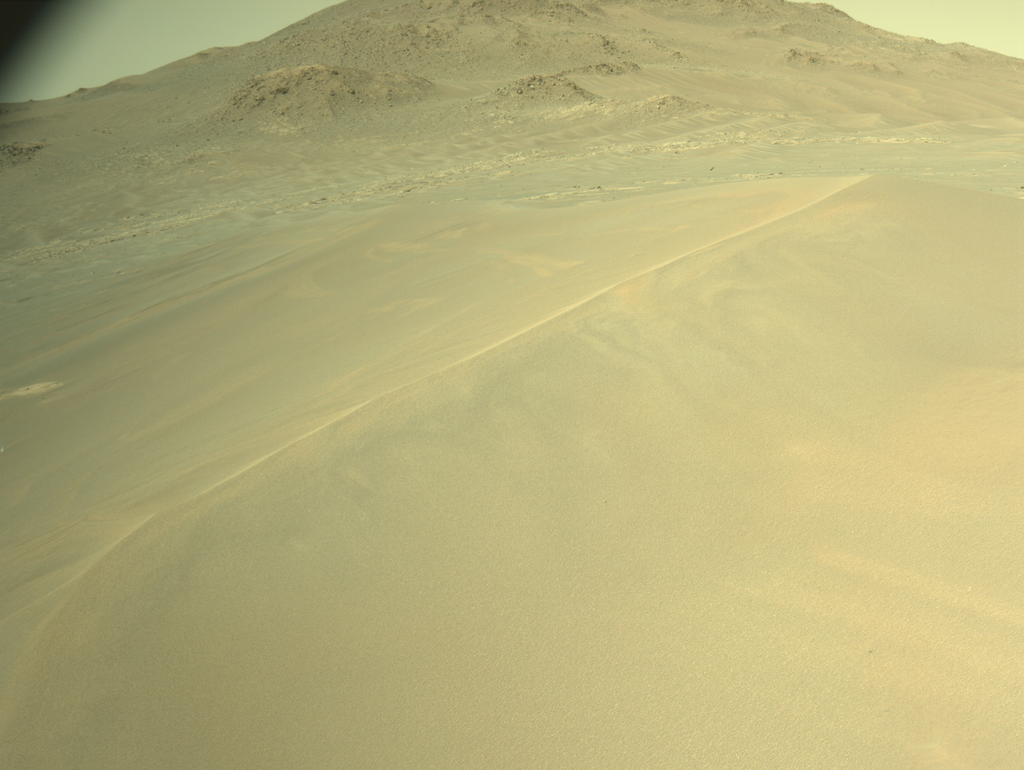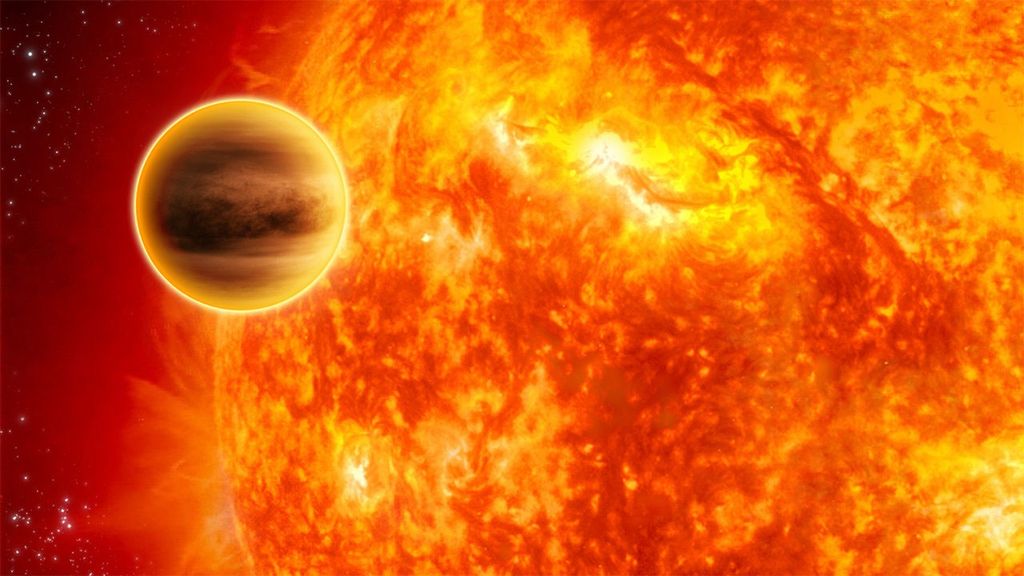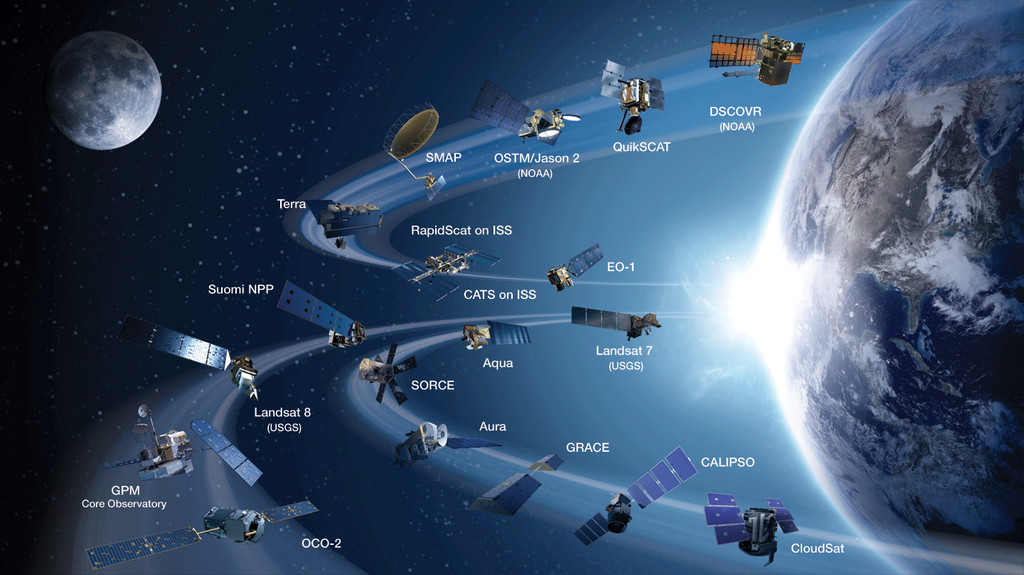Former Johnson Directors, 1961 – 2021

Robert R. Gilruth, 1961 – 1972
Robert R. Gilruth was born in Nashwauk, Minnesota, on October 8, 1913, to two schoolteachers. But he did not intend to become an educator. “I was going to be something else,” he said. “I was going to build something, I wasn’t sure what.”

Christopher C. Kraft, 1972 – 1982
Christopher Columbus Kraft, created the concept of NASA's Mission Control and developed its organization, operational procedures, and culture, then made it a critical element of the success of the nation's human spaceflight programs.

Gerald D. Griffin, 1982 – 1986
Gerald D. Griffin became Johnson Space Center’s third director on August 8, 1982. After spending four years in the U.S. Air Force, he became involved in the space industry in 1960 when he joined the Lockheed Missile and Space Company.

Jesse W. Moore, 1986
Jesse W. Moore became Johnson's fourth center director on January 23, 1986, only five days before the launch and loss of the Challenger crew. Moore guided the center as they mourned the loss of their colleagues, friends, and neighbors.

Aaron Cohen, 1986 – 1993
After the Challenger accident, Aaron Cohen became director of Johnson. He recognized the importance of returning to flight safely and received the Goddard Space Trophy after the successful return to flight of the STS-26 mission.

Carolyn L. Huntoon, 1994 – 1995
During Carolyn L. Huntoon's tenure, she oversaw eleven space shuttle missions, including the first cosmonaut to fly onboard the space shuttle and the first rendezvous and docking with the Russian space station Mir.

George W.S. Abbey
As the seventh center director, George W.S. Abbey saw the appointment of Johnson as “Lead Center” for space station and space shuttle. The decision gave Abbey greater responsibility for America’s human spaceflight programs.

Roy S. Estess (Acting) 2001 – 2002
Roy S. Estess' spent a short time in Houston, but oversaw the launch of six space shuttle missions, responded to the 9/11 terrorist attacks, restructured the center’s science program, and dealt with George Abbey’s departure from Johnson.

Jefferson D. Howell 2002 – 2005
In April 2002, Lieutenant General Jefferson Davis “Beak” Howell became Johnson's director, the first and only federal government contractor to have filled this position; all the previous directors had been civil servants.

Michael L. Coats, 2005 – 2012
With his steady leadership, Michael L. Coats guided Johnson through the cancellation of the Constellation Program, the last Shuttle flight, and ushering in new commercial spaceflight providers for low-Earth orbit flights.

Ellen Ochoa, 2013 – 2018
Ellen Ochoa believed that Johnson could not continue to operate in the same way it had in the past, and she encouraged employees to advance human spaceflight by being lean, agile, responsive, and adaptive.

Mark S. Geyer, 2018 – 2021
Under Mark S. Geyer, and during a critical period of transition, more human space flight programs were directed from Houston than any other time in NASA history and helped return launch capability to American soil.
Vanessa E. Wyche
Vanessa E. Wyche is the 13th Center Director for NASA's Johnson Space Center, home to America’s astronaut corps, Mission Control Center, International Space Station, Orion, and Gateway Programs. Her responsibilities include a broad range of human spaceflight activities, including development and operation of human spacecraft and NASA astronaut selection and training. Under her leadership the center was recognized by Forbes and Statista as the No. 1 best employer among Texas’ major employers.
Read Vanessa Wyche's Biography
NASA Oral Histories

Johnson Space Center Oral Histories
Established in 1996, the goal of the NASA Johnson Space Center Oral History Project was to capture history from the individuals who first provided the country and the world with an avenue to space and the Moon. Participants included managers, engineers, technicians, doctors, astronauts, and aerospace contractors who served in key roles during the Mercury, Gemini, Apollo, Skylab, Shuttle, and International Space Station programs.

































